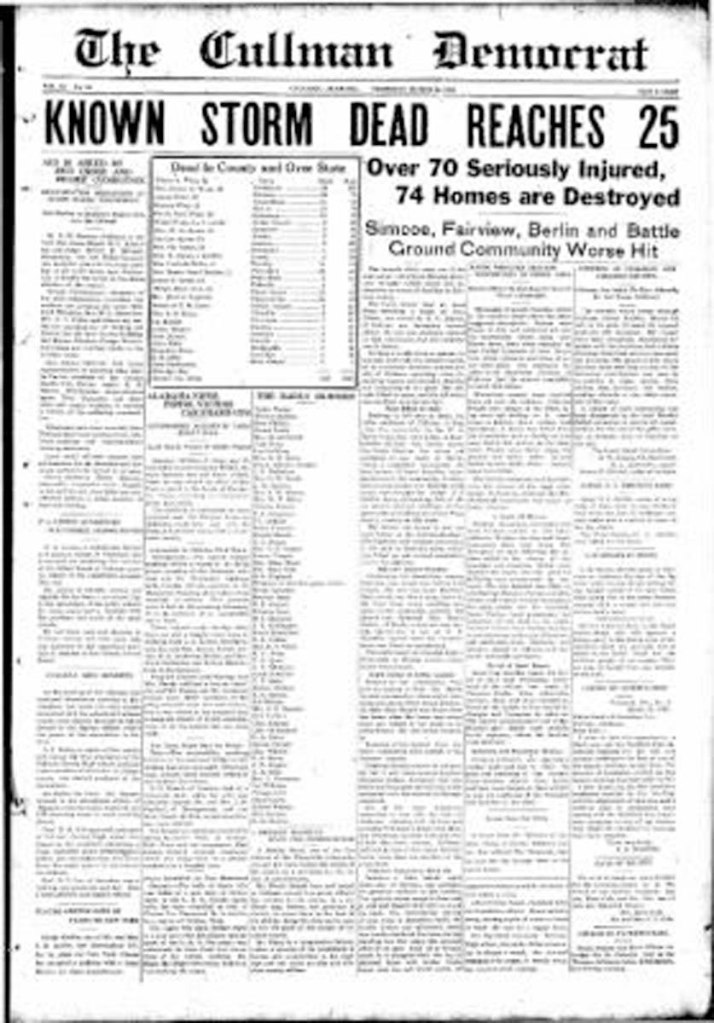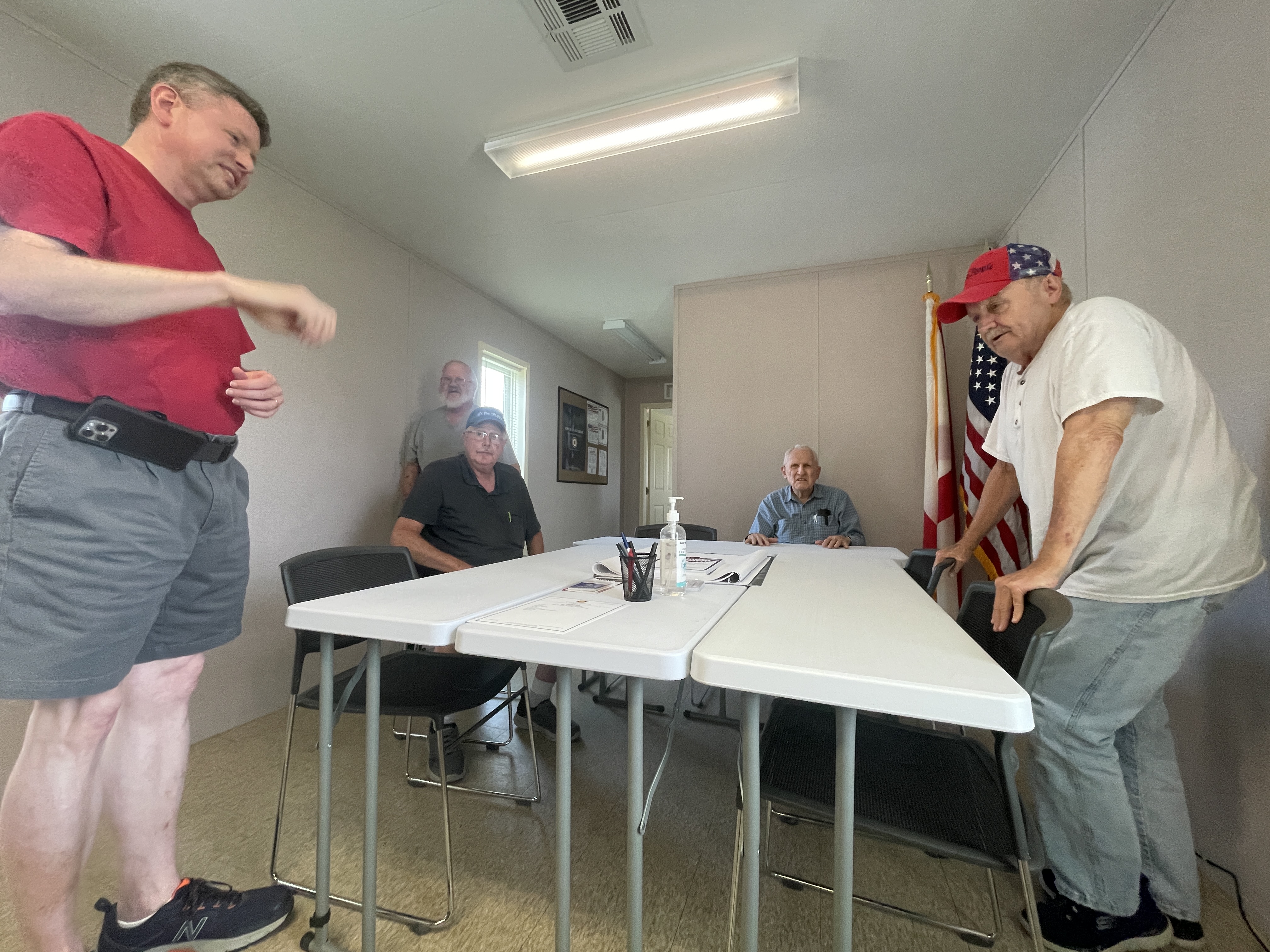DEATH FROM ABOVE: Remembering state’s deadliest tornado outbreak 85 years later
Published 11:30 am Tuesday, March 21, 2017

- The front page of The Cullman Democrat newspapers with news of the deadly tornadoes that struck Cullman County and the state March 21, 1932.
March 21, 1932 was an unusually warm day in Cullman County, but as the sun began to sink, death descended on Alabama.
In the midst of the Great Depression with no weather radios or advanced warning to speak of, local residents were unaware of the destruction that lay ahead when 36 tornadoes dropped down from the sky and wiped away homes and their inhabitants. While the April 27, 2011 tornadoes came close, 85 years later the Deep South Outbreak of 1932 remains Alabama’s deadliest tornado outbreak with 268 fatalities.
Eighteen were killed in Cullman County when an F4 twister tore threw Phelan, Bolti, Berlin, and Fairview. It leveled homes in its 25-mile path, demolishing a box factory south of Berlin and smashing into Fairview School, killing a teacher, before exiting the county. Heavy downpours made roads treacherous for the ambulances sent bring the injured and dead to Cullman’s new City Hospital.
Alabama Tornado Database |
|||||||||||
| 1932 Tornado Occurrences (28) () Indicates Total Path Data Multi-State | |||||||||||
| Tornado # in Year | Year | Month | Day | Time (CST) | County | Damage Scale | Path Length (Miles) | Maximum Path Width(Yards) | Fatalities | Injuries | Location |
| 10 | 1932 | 3 | 21 | 1630 | Cullman-Morgan-Marshall
|
F4 | 25.0 | 600 | 18 | 100 | 4 S Cullman-3 W Arab Rural homes were demolished in Phelan, Bolti, Berlin, and Fairview. Many people were injured in a box factory south of Berlin and one home was leveled and 6 people were killed. A teacher was killed in Fairview. All deaths occurred in Cullman County and 74 homes were demolished. |
An hour or so later, an F3 hit the Battleground and Corinth communities in the county’s northwest, killing six more residents, including the two young Bryant sisters, Audrey and Rose. Their brother, the late John T. Bryant, recalled the horror to his family, describing how the winds blew freshly lit logs out of the fireplace and ripped the door away as the family tried to flee, followed by the roof.
1932 Super Outbreak
Weather.gov > NWS Birmingham, Alabama > 1932 Super Outbreak
His daughter, Pamela Owens Holmes, said her father’s his last memory of the tornado was his father’s hand being ripped out of his as the 12-year-old boy was sucked into the air, tin battering him violently. He came to later in a field, an arm and leg broken and piece of flesh torn from his forearm. He joined the other injured in wagons, many of whom had to trek to Hartselle and Decatur for medical treatment.





